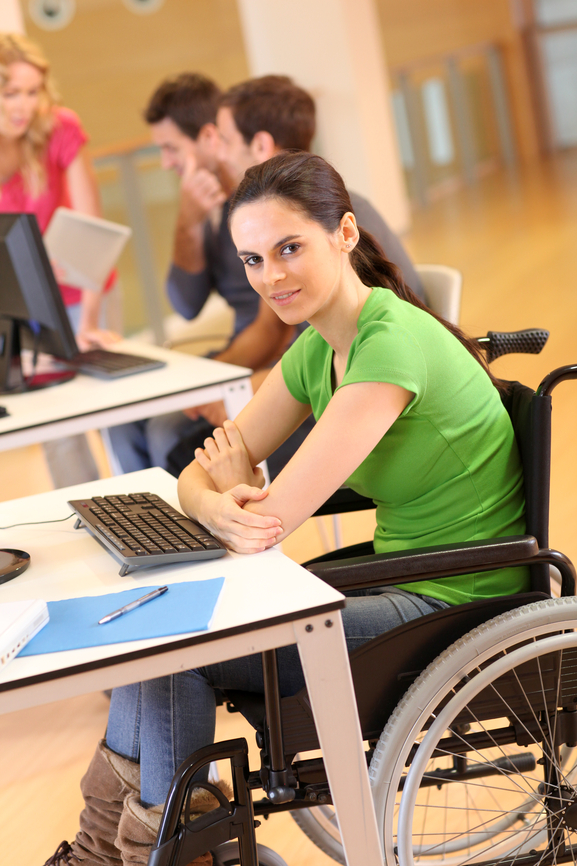
Adaptive classrooms are on the rise, outfitted with specialized furniture designed to provide greater ease of use and access to children with special needs. Numerous studies have already confirmed the multiple benefits proper classroom furniture has on learning – including increased attention span, reduced fatigue, improved behavior, and more. Similarly, stable and comfortable positioning for students with special needs allows them to achieve their highest learning potential. Accessible furniture and adaptive classrooms ensure safety, help improve fine motor skill development, facilitate longer periods of concentration, and promote socialization and play, allowing students with disabilities to overcome barriers and feel less isolated.
Identifying factors which influence learning and the role individual differences play in how learning occurs is a hot topic in the educational world. The research results confirm: Adaptive classrooms improve learning outcomes, providing both instructional methods and classroom furniture which accommodate individual student needs. With differences considered the norm and not the exception, self-esteem rises, as does the ability to acquire academic skills and benefit from the educational environment.
Students with special needs face multiple challenges when entering the classroom. Ordinary school chairs and desk are often unable to provide the physical support they need in order to learn, while inappropriate desk/chair height can prevent them from being active participants in classroom activities. For proper learning to occurs, high-low seating options and height-adjustable desks are often required. Furthermore, adaptive play furniture allows students to interact eye-to-eye, facilitating and encouraging social engagement.
School furniture engineers, in collaboration with therapists, have determined that trunk and head alignment, pelvic stability, leg and foot positioning, weight distribution, and comfort are all important elements of properly postured students. Attaining good postural control and alignment in turn facilitates students’ ability to focus, develops arm-hand coordination, improves reading and writing, and conserves energy.
Specialized classroom furniture found in adaptive classrooms includes:
• Wheelchair accessible (ADA compliant) desks
• Wheelchair accessible computer workstations
• Hi-Low chairs
• Corner chairs
• Bolster chairs
• Height-adjustable tables/science lab tables
• Tables with a tilting work surface (allowing students to be positioned at the optimal distance from their work)
• Foot wells
• Portable drafting tables
• Accessible workbenches
No matter what the accommodation needs are, the right classroom seating and desk arrangements have a significant impact on how students concentrate, listen, retain information, and learn. Adaptive classrooms, therefore, are a wise investment benefiting schools, parents, and children alike.
